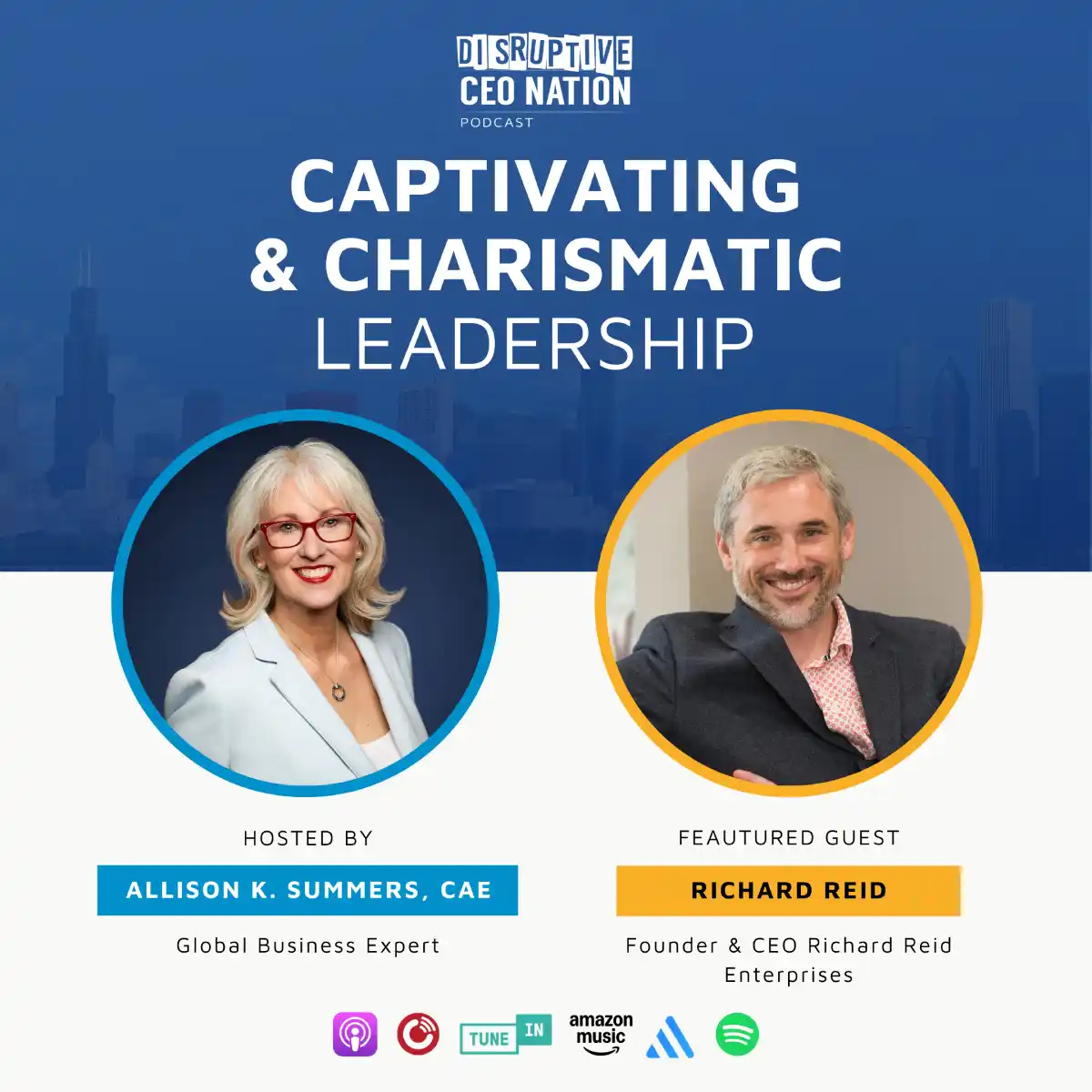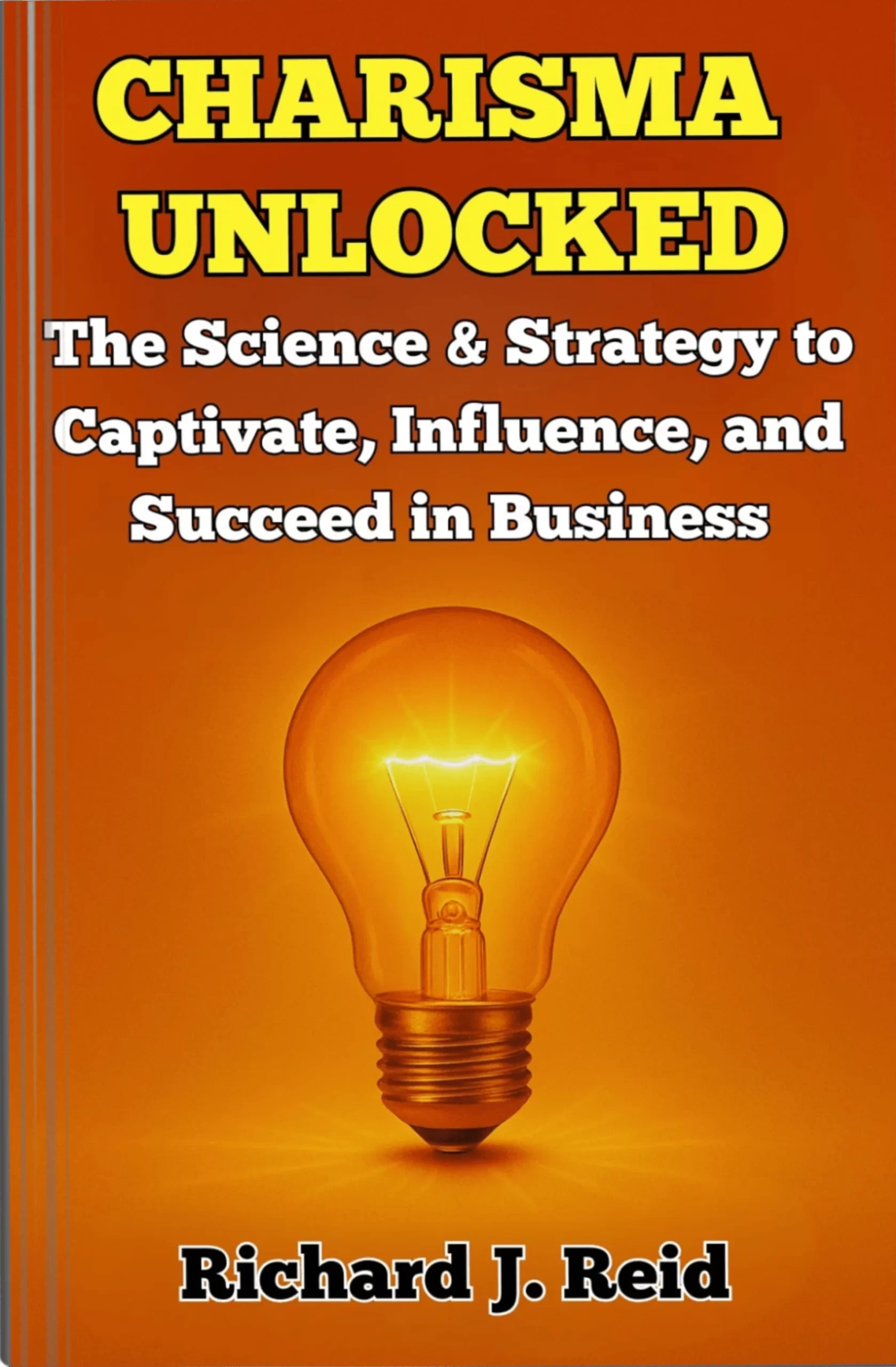Executive Summary
A successful pitch is more than a presentation—it is an opportunity to inspire, persuade, and influence. In high-stakes settings like investor meetings, the stakes are even higher, with only a few minutes to secure attention and leave a lasting impression. Research in psychology and neuroscience provides valuable insights into what makes a pitch “sticky”— memorable, impactful, and actionable.
This whitepaper explores the psychological and neural foundations that impact how pitches are perceived by investors, the dos and don’ts of capturing attention, and actionable strategies for priming an audience for receptivity. Entrepreneurs will gain the tools to craft compelling, investor-ready pitches that resonate and stick in decision-makers’ minds.
Introduction
In the entrepreneurial world, a pitch often decides between securing funding or walking away empty-handed. With limited time to captivate investors, entrepreneurs must deliver not just the what but also the why—on a level that appeals to logic and emotion.
Modern entrepreneurship requires an understanding of psychology and neuroscience, which can help make a pitch not only informative but unforgettable. This whitepaper explores evidence-based methods for creating pitches that engage, persuade, and linger in investors’ minds.
What Makes Pitches Memorable for Investors?
To make a pitch “sticky,” it must engage multiple brain areas and align with natural human cognitive and emotional processing mechanisms.
1. Emotional Resonance Creates Connection
Neuroscience demonstrates that emotions drive decisions. When we feel something, the brain releases dopamine, enhancing memory formation and attention. While facts play a significant role, the emotional narrative makes a pitch stick.
- Why it works: Emotional connections activate the amygdala, deepening engagement while forging a personal bond
between the entrepreneur’s story and the investor’s aspirations. - Example: Share a story about how your product solves a pressing human problem, making it relatable and
emotionally impactful.
2. Simplicity and Clarity Aid Retention
The cognitive load theory explains that humans cannot process excessive information at any given time. Overloading investors with details leads to disengagement. Instead, a concise, well-structured pitch ensures memory retention.
- How it works: The brain prefers information organised into 3–4 simple chunks (chunking).
- Overcomplicating the message results in disengagement as the prefrontal cortex struggles to process everything.
3. The Power of Storytelling
Storytelling engages both the logical and emotional brain, making information resonate longer. Stories activate mirror neurons, allowing the audience to empathise and imagine themselves in the narrative.
Key takeaway: Investors want to understand the underlying journey, the characters, and the problem your idea will solve.
Do’s and Don’ts for Capturing and Holding Attention
Do’s
- Start with a Hook: Use a surprising fact, a bold claim, or an emotional anecdote to grab attention within the first 7 seconds.
- Focus on the Problem First: Clearly frame the problem your solution addresses in relatable terms.
- Use Visual Aids Effectively: Create slides with minimal text, focusing on graphics and visuals that bolster the narrative.
- Emotionally Inspire with Solutions: Highlight how your product or service creates value, weaving data into an emotional narrative.
- Use Clear Calls to Action: Conclude with a specific, actionable, and urgent ask.
Don’ts
- Avoid Jargon: Stick to plain, accessible language to avoid alienating your audience.
- Don’t Overstuff Slides: Overwhelming slides detract from your story and audience engagement.
- Never Ignore Questions: Be ready to pivot confidently when investors interrupt with queries.
- Avoid Lengthy Introductions: Quickly dive into the heart of the pitch to maintain interest.
Techniques to Prime the Audience for Receptivity and Action
- Build Anticipation: Start by painting a picture of the “before state,” priming the brain for curiosity.
- Tap into Reciprocity: Offer valuable insights or industry trends to show you provide worth beyond seeking investment.
- Personalisation is the Key: Research investors and tailor narratives to their interests and professional values.
- Incorporate Contrasts: Highlight opposing scenarios (e.g., before and after states) to sharpen your pitch’s clarity and impact.
Bringing It All Together: A Checklist for a Sticky Pitch
- Emotional Hook: Capture attention with a compelling story, statistic, or bold statement.
- Define the Problem: Frame the stakes in a relatable and engaging manner.
- Present a Visionary Solution: Showcase how your solution meets both emotional and practical needs.
- Visuals Over Text: Use compelling visuals to support, not overwhelm, your narrative.
- Tailor the Message: Align your pitch to the audience’s values and interests.
- Call to Action: End with a clear, confident ask that leaves no ambiguity about the next steps.
Conclusion
Crafting a “sticky” pitch for investors is both a science and an art. By combining psychological strategies with clear messaging and emotional appeal, entrepreneurs can create presentations that resonate profoundly and inspire decisive action.
Striking the perfect balance of logic, emotion, and clarity will not only capture attention but also leave a lasting impression, maximising opportunities for investment and collaboration.
Key Takeaways for Entrepreneurs
- Engage Emotionally: Appeal to emotions with storytelling while supporting your pitch with strong data.
- Clarity is Crucial: Simplify complex ideas and avoid overwhelming the audience with jargon.
- Tailor to Your Audience: Research and personalise your pitch to align with investors’ goals and values.
- Use Psychological Triggers: Build anticipation, harness reciprocity, and guide thinking with contrasts and visuals.
- Ask with Purpose: End with a confident, actionable call to action.
References
- Kahneman, D. (2011). Thinking, Fast and Slow.
- Heath, C., & Heath, D. (2008). Made to Stick: Why Some Ideas Survive and Others Die.
- Cialdini, R. (2001). Influence: Science and Practice.
- Duarte, N. (2010). Resonate: Present Visual Stories that Transform Audiences.










